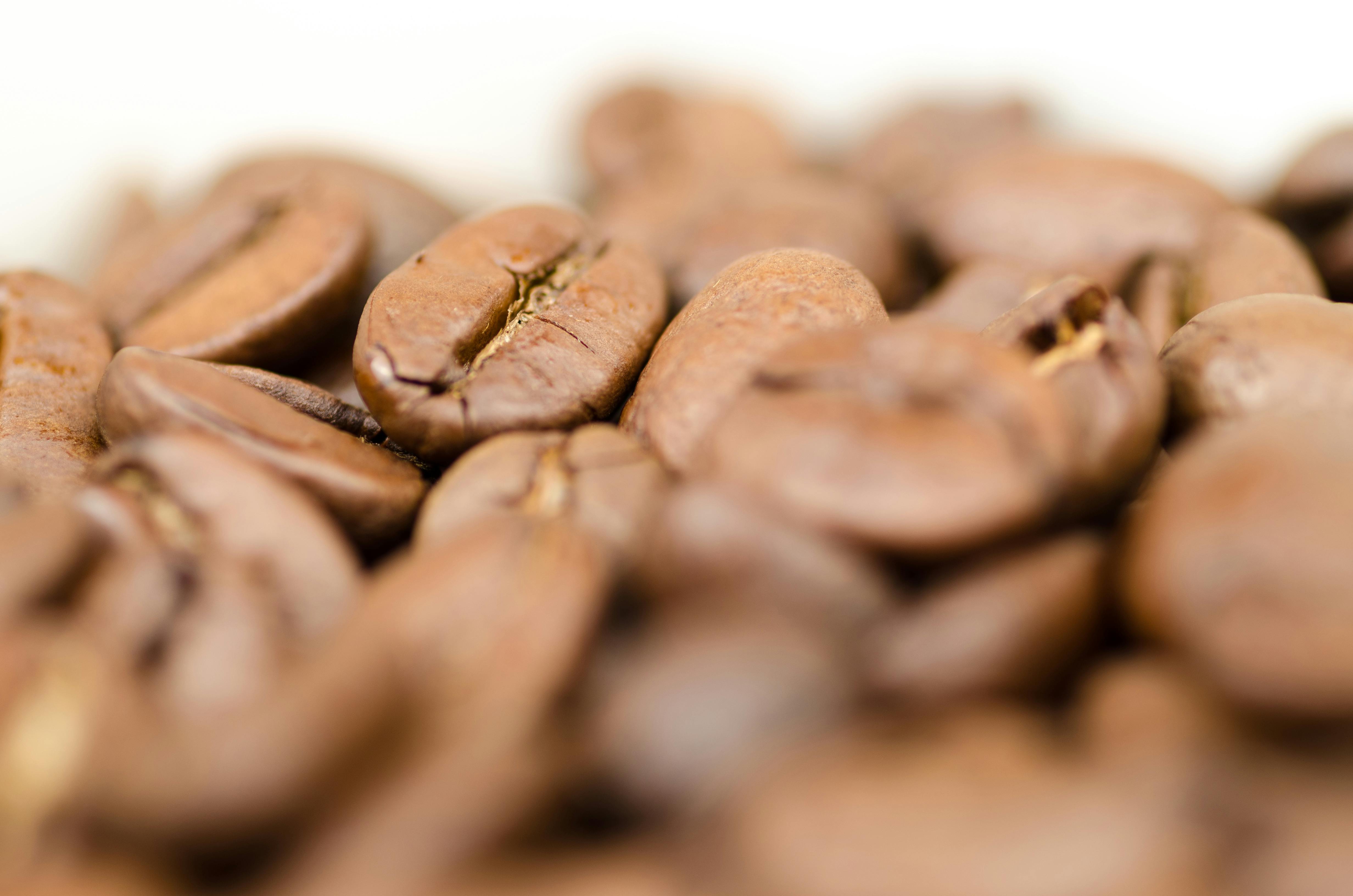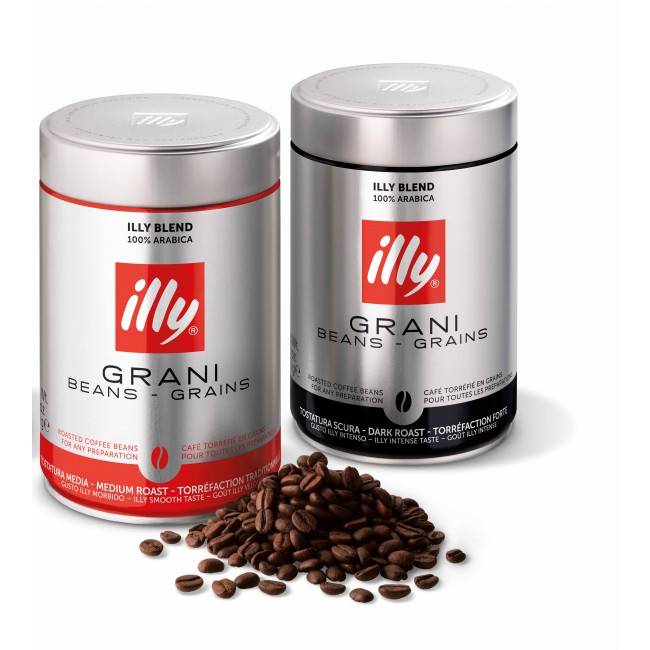

Chewing them, espresso beans will give you a quicker reaction, possibly with caffeine in a higher concentration. However, it is important to be conscious that eating espresso beans, and drinking espresso are two different things. This means you can safely eat about 30 chocolate covered espresso beans in one day.

Similarly, the caffeine content of cappuccino is about 80-100 mg for 8 oz.Ĭhocolate covered espresso bean caffeine content ranges from 10 mg to 14 mg of caffeine per bean. An average cup of drip coffee can go as high as 200mg caffeine for 8 fl oz. Likewise, some companies offer a higher level of caffeine espresso beans.Īccording to the FDA, the recommended daily maximum caffeine intake is 400 mg a day. Darker chocolates have a higher caffeine content than milk chocolate. It all depends on the type of chocolate, and the type of espresso bean. On average, chocolate-covered espresso beans yield from 10-14 mg of caffeine. So if you’ve wondered do chocolate covered espresso beans have caffeine, the answer’s a resounding yes. Do Chocolate Covered Espresso Beans Have Caffeine?Īll coffee beans have caffeine content. So keeping this in mind, we can now get to the chocolate-covered espresso beans and their caffeine content. The level of caffeine in either type of bean does not necessarily depend on the roast, it depends on the type of bean.Regular coffee beans are roasted for lesser time, giving them different hues, flavors, and also a higher tanginess than espresso beans.Espresso beans are (often, but not necessarily) roasted for a longer time to achieve the dark look and strong flavor.

Both espresso beans and regular coffee beans are from the same plant.What makes the difference between an espresso bean and a regular coffee bean is the roast.


 0 kommentar(er)
0 kommentar(er)
